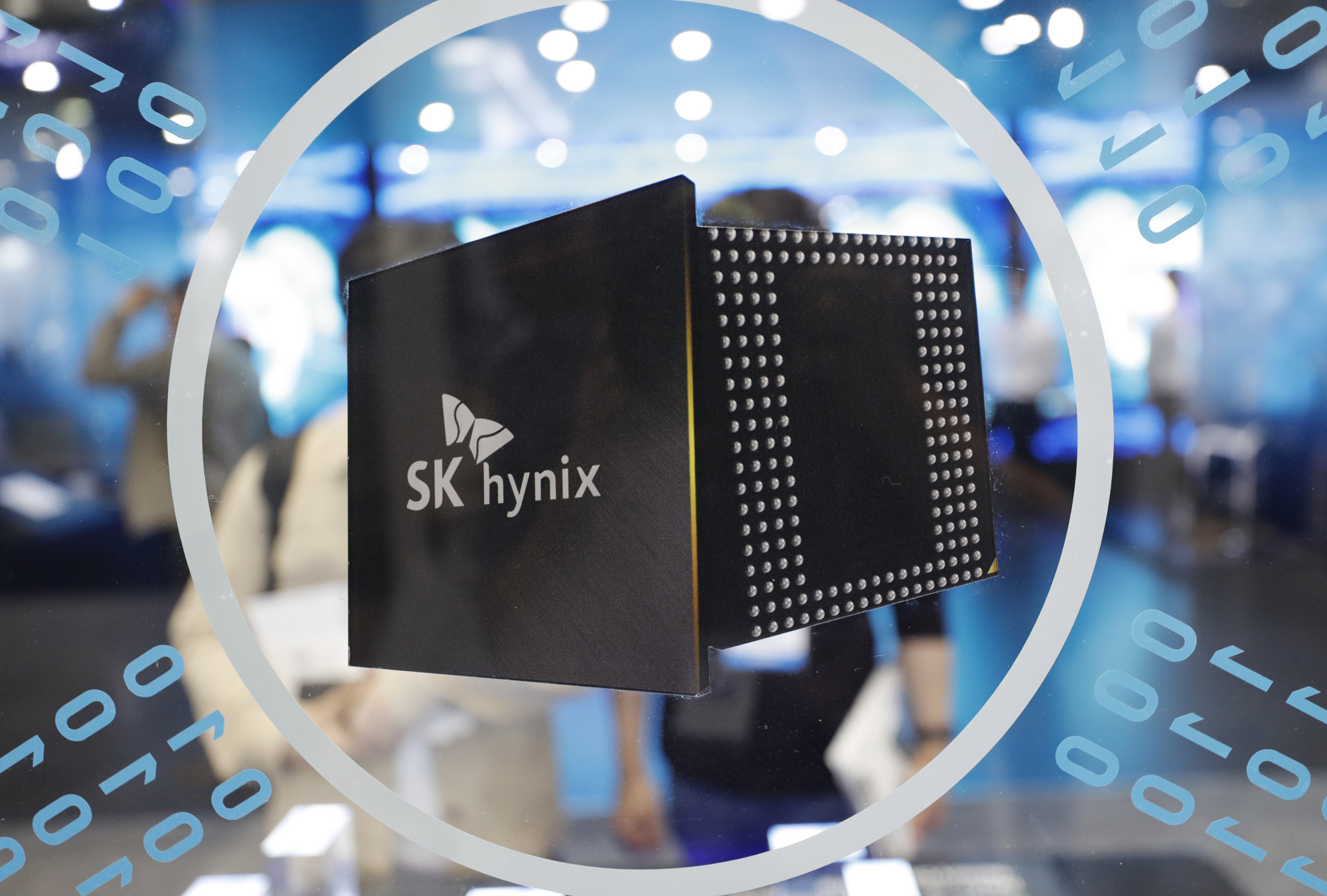
South Korean chip maker SK Hynix denies reports it is selling firm’s Dalian flash memory fab, assuring construction to be completed
- The world’s second-largest memory chip maker described ‘the rumoured sale’ of the Dalian plant as ‘unsubstantiated’
- Construction of the SK Hynix Dalian facility ‘will be completed as planned’, the company said
“The rumoured sale of the facility is unsubstantiated,” SK Hynix said in response to a South China Morning Post inquiry on Thursday. The world’s second-largest memory chip maker asserted that “the construction of SK Hynix Dalian facility will be completed as planned”.

Intel, which manufactured NAND wafers at the Dalian memory facility until its transaction with SK Hynix closed, said last October it was granted a one-year authorisation by the US government to continue memory chip operations at that plant.
The stakes are high for SK Hynix to continue its manufacturing operations on the mainland.
The firm’s Wuxi factory, for example, is currently the largest foreign investment project in Jiangsu. This facility is also critical to the global electronics industry because it is responsible for about half of SK Hynix’s DRAM chip output and roughly 15 per cent of the world’s production.
SK Hynix on Wednesday reported first-quarter revenue of 5.088 trillion won (US$3.798 billion), a 58 per cent decline from a year earlier, amid the downturn in the global memory chip market. It slipped to a 2.586 trillion won net loss, from a 1.987 billion won profit in the same period in 2022.
The global memory market stumbled on weaker demand in the first quarter, according to electronics research firm TrendForce. It said the average selling prices of DRAM and NAND products fell by as much as 15 per cent during the first quarter.

